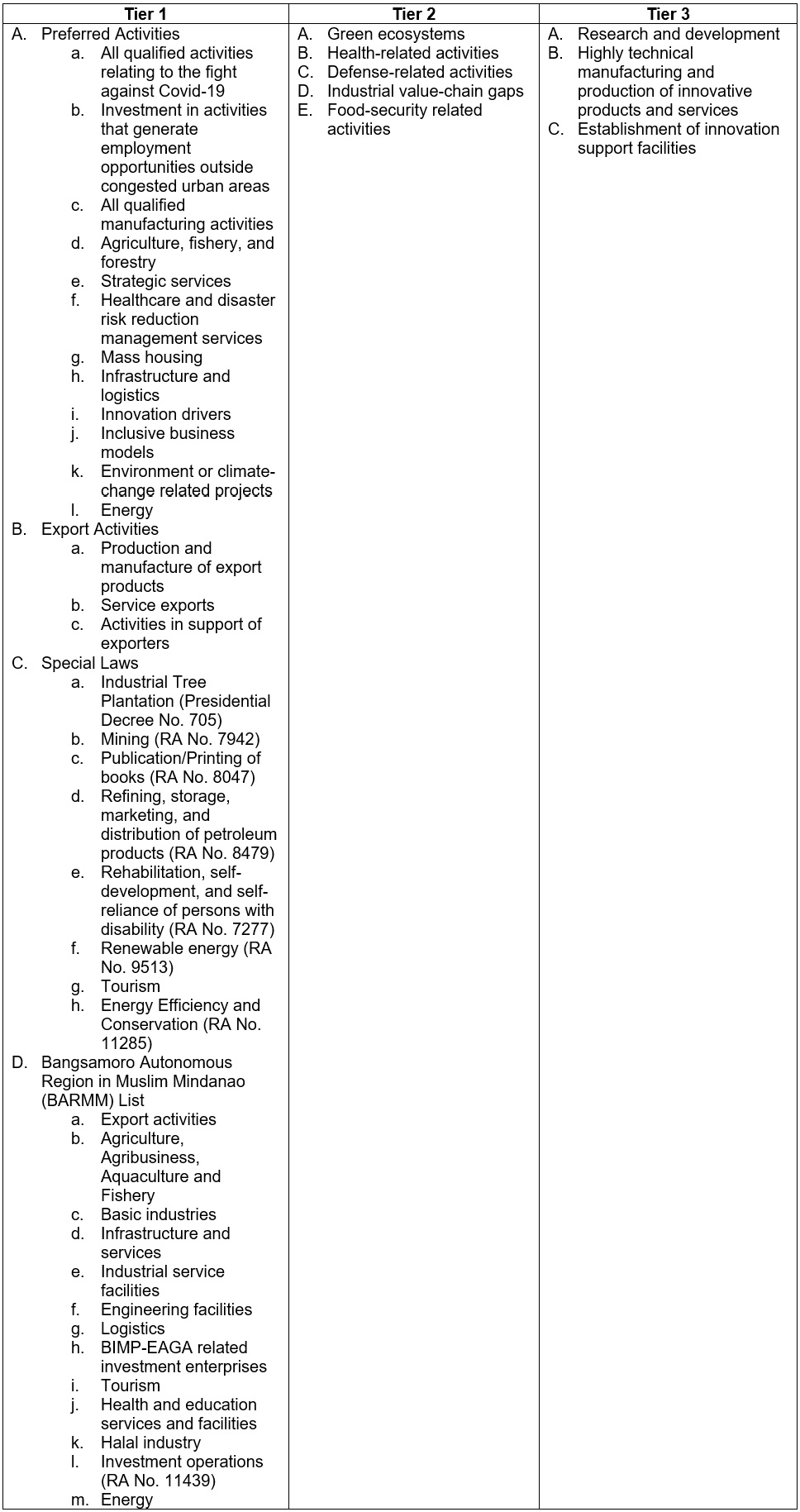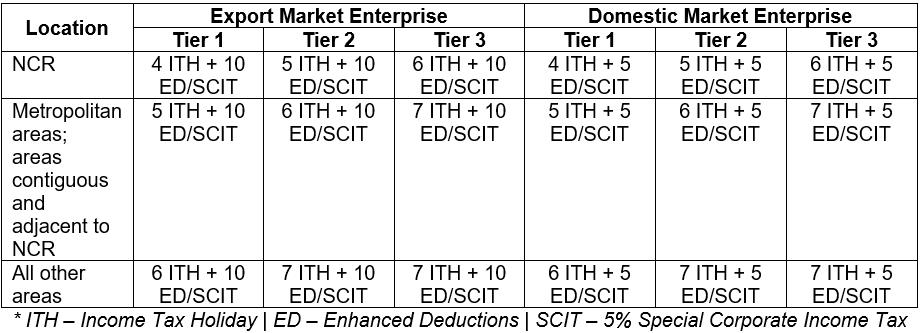-
Audit approach overview
Our audit approach will allow our client's accounting personnel to make the maximum contribution to the audit effort without compromising their ongoing responsibilities
-
Annual and short period audit
At P&A Grant Thornton, we provide annual and short period financial statement audit services that go beyond the normal expectations of our clients. We believe strongly that our best work comes from combining outstanding technical expertise, knowledge and ability with exceptional client-focused service.
-
Review engagement
A review involves limited investigation with a narrower scope than an audit, and is undertaken for the purpose of providing limited assurance that the management’s representations are in accordance with identified financial reporting standards. Our professionals recognize that in order to conduct a quality financial statement review, it is important to look beyond the accounting entries to the underlying activities and operations that give rise to them.
-
Other Related Services
We make it a point to keep our clients abreast of the developments and updates relating to the growing complexities in the accounting world. We offer seminars and trainings on audit- and tax-related matters, such as updates on Accounting Standards, new pronouncements and Bureau of Internal Revenue (BIR) issuances, as well as other developments that affect our clients’ businesses.
-
Tax advisory
With our knowledge of tax laws and audit procedures, we help safeguard the substantive and procedural rights of taxpayers and prevent unwarranted assessments.
-
Tax compliance
We aim to minimize the impact of taxation, enabling you to maximize your potential savings and to expand your business.
-
Corporate services
For clients that want to do business in the Philippines, we assist in determining the appropriate and tax-efficient operating business or investment vehicle and structure to address the objectives of the investor, as well as related incorporation issues.
-
Tax education and advocacy
Our advocacy work focuses on clarifying the interpretation of laws and regulations, suggesting measures to increasingly ease tax compliance, and protecting taxpayer’s rights.
-
Business risk services
Our business risk services cover a wide range of solutions that assist you in identifying, addressing and monitoring risks in your business. Such solutions include external quality assessments of your Internal Audit activities' conformance with standards as well as evaluating its readiness for such an external assessment.
-
Business consulting services
Our business consulting services are aimed at addressing concerns in your operations, processes and systems. Using our extensive knowledge of various industries, we can take a close look at your business processes as we create solutions that can help you mitigate risks to meet your objectives, promote efficiency, and beef up controls.
-
Transaction services
Transaction advisory includes all of our services specifically directed at assisting in investment, mergers and acquisitions, and financing transactions between and among businesses, lenders and governments. Such services include, among others, due diligence reviews, project feasibility studies, financial modelling, model audits and valuation.
-
Forensic advisory
Our forensic advisory services include assessing your vulnerability to fraud and identifying fraud risk factors, and recommending practical solutions to eliminate the gaps. We also provide investigative services to detect and quantify fraud and corruption and to trace assets and data that may have been lost in a fraud event.
-
Cyber advisory
Our focus is to help you identify and manage the cyber risks you might be facing within your organization. Our team can provide detailed, actionable insight that incorporates industry best practices and standards to strengthen your cybersecurity position and help you make informed decisions.
-
ProActive Hotline
Providing support in preventing and detecting fraud by creating a safe and secure whistleblowing system to promote integrity and honesty in the organisation.
-
Sustainability
At P&A Grant Thornton sustainability is at the core of our mission. We are committed to fostering a healthier planet through innovative practices that reduce our environmental footprint, promote social responsibility, and ensure economic viability for future generations.
-
Accounting services
At P&A Grant Thornton, we handle accounting services for several companies from a wide range of industries. Our approach is highly flexible. You may opt to outsource all your accounting functions, or pass on to us choice activities.
-
Staff augmentation services
We offer Staff Augmentation services where our staff, under the direction and supervision of the company’s officers, perform accounting and accounting-related work.
-
Payroll Processing
Payroll processing services are provided by P&A Grant Thornton Outsourcing Inc. More and more companies are beginning to realize the benefits of outsourcing their noncore activities, and the first to be outsourced is usually the payroll function. Payroll is easy to carve out from the rest of the business since it is usually independent of the other activities or functions within the Accounting Department.
-
Our values
Grant Thornton prides itself on being a values-driven organisation and we have more than 38,500 people in over 130 countries who are passionately committed to these values.
-
Global culture
Our people tell us that our global culture is one of the biggest attractions of a career with Grant Thornton.
-
Learning & development
At Grant Thornton we believe learning and development opportunities allow you to perform at your best every day. And when you are at your best, we are the best at serving our clients
-
Global talent mobility
One of the biggest attractions of a career with Grant Thornton is the opportunity to work on cross-border projects all over the world.
-
Diversity
Diversity helps us meet the demands of a changing world. We value the fact that our people come from all walks of life and that this diversity of experience and perspective makes our organisation stronger as a result.
-
In the community
Many Grant Thornton member firms provide a range of inspirational and generous services to the communities they serve.
-
Behind the Numbers: People of P&A Grant Thornton
Discover the inspiring stories of the individuals who make up our vibrant community. From seasoned veterans to fresh faces, the Purple Tribe is a diverse team united by a shared passion.
-
Fresh Graduates
Fresh Graduates
-
Students
Whether you are starting your career as a graduate or school leaver, P&A Grant Thornton can give you a flying start. We are ambitious. Take the fact that we’re the world’s fastest-growing global accountancy organisation. For our people, that means access to a global organisation and the chance to collaborate with more than 40,000 colleagues around the world. And potentially work in different countries and experience other cultures.
-
Experienced hires
P&A Grant Thornton offers something you can't find anywhere else. This is the opportunity to develop your ideas and thinking while having your efforts recognised from day one. We value the skills and knowledge you bring to Grant Thornton as an experienced professional and look forward to supporting you as you grow you career with our organisation.
Four hundred and twenty-five days after the effectivity of the Corporate Recovery and Tax Incentives for Enterprises (CREATE) Act or Republic Act (RA) No. 11534 on April 11, 2021, one question still lingers among the registered business enterprises (RBEs) from the country’s nineteen Investment Promotion Agencies (IPAs): How can RBEs maximize their fiscal and non-fiscal incentives under the new tax rules and evolving market environment?
The key lies in the 2022 Strategic Investment Priority Plan (SIPP). Following the provisions under the CREATE Act, the SIPP refers to the priority projects or activities, including the scope and coverage of location and industry tiers, determined by the Board of Investments (BOI), in coordination with the private sector, Fiscal Incentives Review Board (FIRB), IPAs, and other government agencies administering tax incentives.
Prior to the effectivity of the CREATE Act and the 2022 SIPP, the 2020 Investment Priorities Plan (IPP) issued on November 18, 2020, lists the industries and activities that may be subject to fiscal and non-fiscal incentives.
The newly formulated 2022 SIPP is aligned with the goals, priorities, and strategies of the revised Philippine Development Plan 2017-2022 and the development agenda and strategy of the DTI and DOST. It continues to adopt the projects or activities in the 2020 IPP, while expanding the priority list to address the growing concern on climate change, economic and medical challenges in managing the COVID-19 pandemic, international and local security relations, and lack of innovation and technological advancements.
What are the projects or activities under the 2022 SIPP?
The CREATE Act introduced fiscal and non-fiscal incentives in tiers such that the qualified projects or activities are also categorized in industry tiers. Tier 1 covers all activities listed in the 2020 IPP, unless specifically listed under Tiers 2 or 3. Tier 2 covers all activities that address value chain gaps and promote green ecosystems, dependable health systems, and self-reliant defense systems. Tier 3 covers all activities that focus on the application of research and development and attracting technology investments. The table below summarizes the projects or activities:

The 2022 SIPP excluded RBEs engaged in customs brokerage, trucking or forwarding services, janitorial services, security services, insurance, banking and other financial services, consumers’ cooperatives, credit unions, consultancy services, retail enterprises, restaurants, public administration, or such other similar services. Further, it is projected that at least 30% of the gross domestic product earned in the National Capital Region (NCR) will be reallocated to provincial areas.
The list of priority projects or activities detailed in the 2022 SIPP is not entirely new. Similarities can be found in the IPPs from prior years. The 2014-2016 IPP included regional dispersal of industries and locational restriction in NCR, creation of specialty hospitals, and manufacture of alternative fuel vehicles, while the 2017-2019 IPP emphasized research and development activities, commercialization of new and emerging technologies, and climate change–related projects.
The 2022 SIPP is effective June 11, 2022, or 15 days after the date of publication in a newspaper of general circulation, and is valid for three years until June 10, 2025, subject to review and amendment every three years thereafter, unless a supervening event necessitates an earlier review.
What do RBEs stand to gain under the 2022 SIPP?
RBEs can either be export market enterprise or domestic market enterprise, depending on its total export commitment. Export market enterprises refer to RBEs that export at least 70% of its total revenue or production output while domestic market enterprises refer to RBEs that export below the minimum threshold for export enterprises.
Regardless of which IPA the RBEs will apply, the period of availment of incentives is based on the combination of location and industry summarized as follows:

In addition, qualified RBEs enjoy duty exemption on importation of capital equipment, raw materials, spare parts or accessories, and value-added tax (VAT) exemption on importation and VAT zero-rating on local purchases that are directly and exclusively used in the registered activity of the RBEs.
As such, the farther the RBEs are located from metropolitan areas and the more the projects or activities involve research and development applications and highly advanced technologies, the higher are the incentives.
How can RBEs maximize its fiscal and non-fiscal incentives under the new tax rules and evolving market environment?
It is prudent for the RBEs to weigh the pros and cons on whether to continue with their status quo, restructure their business model, or transfer their registration to another IPA or location. A carefully laid out tax study may prove beneficial in assessing the best option that is most suitable to the RBE in the long run.
What’s next for RBEs?
Investment prospects in the Philippines remain robust. According to the Philippine Statistics Authority, total approved foreign and Filipino investments in the first quarter of 2022 increased to P190.87 billion as compared to P164.9 billion in the same quarter of 2021. The BOI approved 95% of the total investments, representing a 32% increase from the first quarter of 2021. On the other hand, investments approved by PEZA decreased by 68% from 25 billion in the first quarter of 2021 to P8 billion in the first quarter of 2022.
The top three projects or activities pertain to electricity and gas, real estate activities, and manufacturing while the top three investing countries are Japan, South Korea, and Singapore.
With the effectivity of the 2022 SIPP, the issuance of synchronized implementing regulations from various concerned government agencies is necessary in addressing gray areas. These include the criteria and guidelines on green ecosystems and artificial intelligence projects. Priority must also be given to expediting the setting up and conduct of registered projects or activities, anchored on the principles of Ease of Doing Business and Efficient Government Service Delivery Act of 2018. One of the salient features under the amended Foreign Investment Act (RA No. 11647) is the creation of an Inter-Agency Investment Promotion Coordination Committee among the IPAs. This Committee will promote a unified and efficient approach on evaluation of investments and granting of incentives for RBEs.
So, to all the RBEs, stay vigilant as interesting developments will be rolled out in the foreseeable future.
Let's Talk Tax is a weekly newspaper column of P&A Grant Thornton that aims to keep the public informed of various developments in taxation. This article is not intended to be a substitute for competent professional advice.
As published in BusinessWorld, dated 21 June 2022




